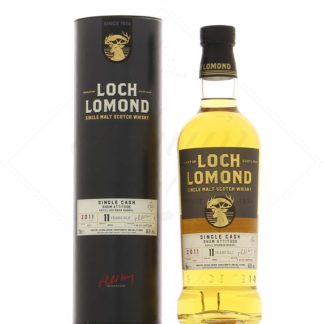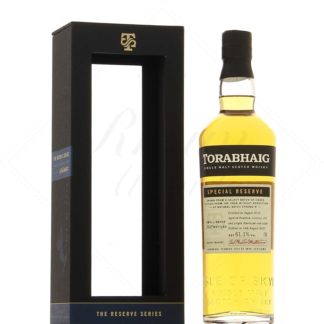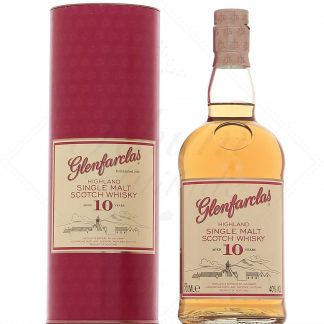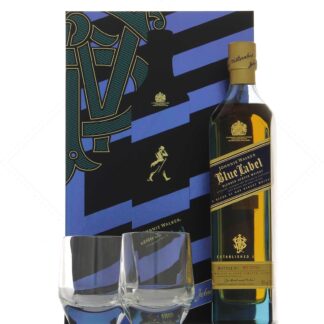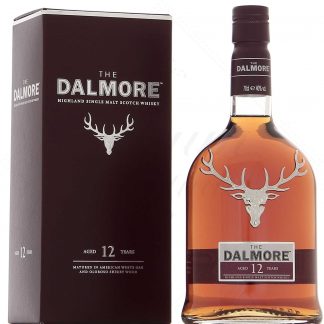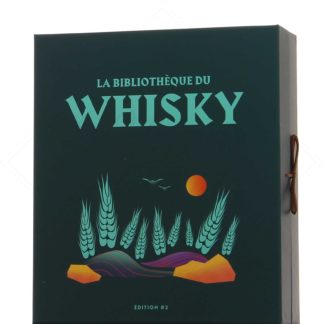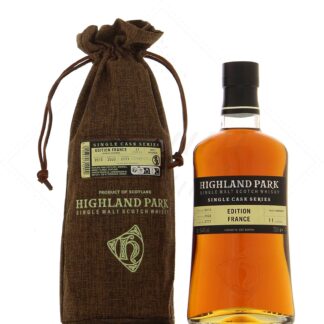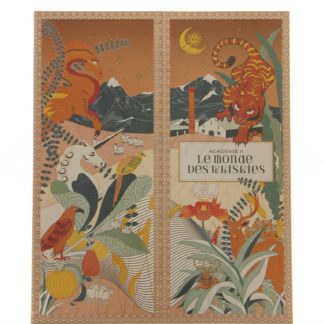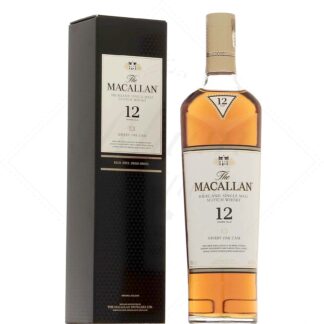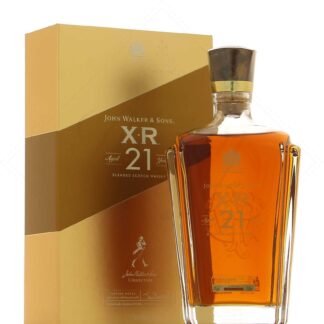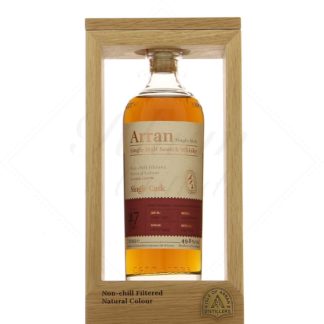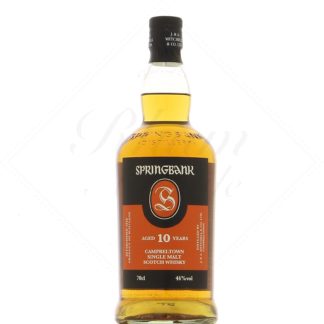Scotland
Scotland is indisputably the nation of whisky nation with some one hundred distilleries in operation. While it maintains its lead over other nations (both historic and emerging), it is continuing to modernize while drawing on its traditions.
Scotland: a whisky culture
The first evidence of whisky production in Scotland dates back to 1494. In fact, an accounting note from Brother John Cor of Lindores Abbey records the receipt of malt for the manufacture of brandy.
By 1707, when Scotland joined the United Kingdom under the Treaty of Union, whisky was already firmly rooted in national culture. The industry began to emancipate itself at the end of the 18th century, then took hold after theExcise Act (1823), as a combination of lower rents for farmers and lower taxes limited the interest in smuggling.
A few decades later, around 1860, the outbreak of phylloxera led to the decimation of vineyards and thus of the spirits that depended on this raw material. This gave whisky free rein to develop. Blends in particular served as a launching pad.
Yet until the 20th century, Irish whiskey reigned supreme. A number of historical events subsequently enabled Scotch whiskies to become the benchmark for the world.
Scotland: Scotch and regions
Whiskies from Scotland have their interests protected by the Scotch Whisky Association and are called Scotches.
Generally speaking, a distinction can be made between the various producing regions: Lowlands, Speyside, Highlands, Campbeltown, the Islands and Islay.
Lowlands
The Lowlands form a central region in the nation's history. Indeed, it was here that the first Scottish whisky empires flourished. In the 18th and 19th centuries, it was one of the leading Scotch whisky regions, but its influence then declined markedly. The phenomenon intensified at the end of the 20th century, leaving mainly grain distilleries and two malt distilleries, Auchentoshan and Glenkinchie.
Today, however, the region is enjoying a resurgence, with the planned return of the legendary Rosebank and the opening of a number of new distilleries.
Speyside
Speyside is not an official geographical name, but a region with a unique density of distilleries. The region has the traditional image of the great houses that have made Scotch whisky famous. Examples include Aberlour, Balvenie, Glen Grant, Glenfarclas, Glenfiddich, Glenlivet, Longmorn, Macallan and Mortlach.
Highlands
The Highlands form the largest whisky region, so much so that it is often subdivided into several parts. Historically, the quality of their distillates was often contrasted with the burgeoning industry of southern Scotland.
Although the styles are very varied, some distilleries stand out from the crowd, such as Dalmore, Glenmorangie, Clynelish and Glendronach.
Campbeltown
Campbeltown has the distinction of being a port town, which played a central role in the development of whisky in Scotland. Although the number of distilleries has been drastically reduced and the regional appellation almost disappeared, it is still home to some fine houses: Glen Scotia, Glengyle(Kilkerran) and Springbank.
The islands
Secondly, the islands are often considered to be united. There is often only one distillery on the smallest of them, but this has not prevented them from emerging from anonymity. Jura, Talisker Tobermory and Arran are just a few examples of these island distilleries.
Islay
Finally, there's a very special region, distinguished not by its number of distilleries but by its cultural power. Islay is the island whose emblem is peat, although its use is not automatic. To this day, it remains one of the best ambassadors of Scottish whisky culture.
Ardbeg, Bowmore, Caol Ila, Bunnahabhain, Bruichladdich, Lagavulin or Laphroaig are the age-old forces, and we can add the more recent Kilchoman, or Port Ellen, the famous distillery that is about to rise from the ashes. Read less
-
Loch Lomond 2011 Brut de cask #4950 11 years old Rum Attitude selection 56.5°
- Scotland
- 56.5 ° - 70 cl
-
-
-
-
-
-
-
-
-
-
-
-
-
-
-
